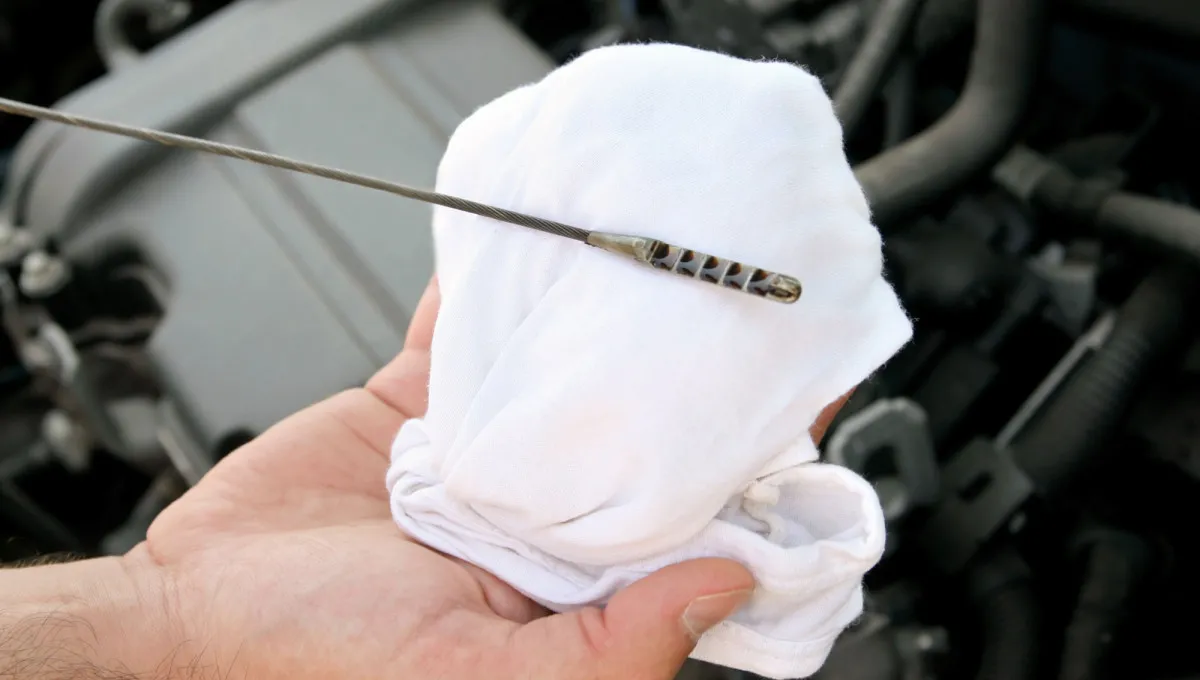Why Black Liquid Sometimes Spits Out of the Exhaust — and When You Should Worry
It can be alarming to start the engine and suddenly see dark liquid dripping or spraying from the tailpipe. What’s actually going on?

From time to time, especially on a cold morning, drivers may notice a wet spot under the car and black streaks around the exhaust tip. Press the gas pedal, and that dark liquid can even shoot out in bursts, as if the engine is spitting grime. It’s easy to assume the worst—blown cylinder, failed catalytic converter, or a major fuel-system issue. But as the automotive outlet Auto30.com explains, the real cause is usually far less dramatic.
Here’s what happens. When the engine is running, exhaust gases heat up the entire system. After you shut the car off, the pipes cool down quickly. The big temperature swing creates condensation inside the exhaust, especially in colder weather. That moisture collects on the cool metal walls of the muffler.
Over time, soot from burned fuel mixes with that moisture. The result is a thick, dark, almost black liquid. When you start the engine again, pressure in the exhaust pushes the mixture out, which makes it look like oil is leaking from the tailpipe.
So, should you be worried? In most cases, no. This isn’t a sign of engine failure—it’s simply a normal byproduct of combustion and condensation. The only real drawback is that if too much moisture builds up, the exhaust note can become oddly muted, and the engine may be a bit harder to start.
There are a couple of simple ways to deal with excess moisture. Some mechanics drill a tiny drain hole at the bottom of the muffler so the water can escape naturally. Parking on a slight incline can also help the system dry out after a drive.
However, there are situations where you should take a closer look. If the liquid becomes thick and oily, has a strong fuel smell, or appears consistently even in warm weather, it may point to ignition problems, oil entering the combustion chamber, or other mechanical issues. But in everyday scenarios, those drops under the tailpipe are nothing more than soot mixed with water—a common sight on thousands of perfectly healthy engines.
You may also be interested in the news:

Most Americans Don’t Know This: How to Use Valet Mode and Why You Really Need It
Most car owners overlook a simple feature in their vehicles that can change how you manage your car completely.

The 2011 Himiko Electric Sports Car: A Retro-Style Gem Ahead of Its Time
The very idea of a “sports car” and an “EV” usually implies something brand-new, futuristic, and packed with cutting-edge tech.

Many Americans don’t know which motor oil is meant for which weather
Once real winter weather arrives, everyday driving suddenly gets tougher. A cold morning start can feel like a gamble.

What the Colored Dots and Stripes on New Tires Actually Mean
All those numbers, letters, and markings—they all have a purpose.

Few Reasons Your Car Might Shake Right After You Start Driving — and What You Can Do About It
Most drivers will eventually encounter sudden vibrations or shaking while on the road.